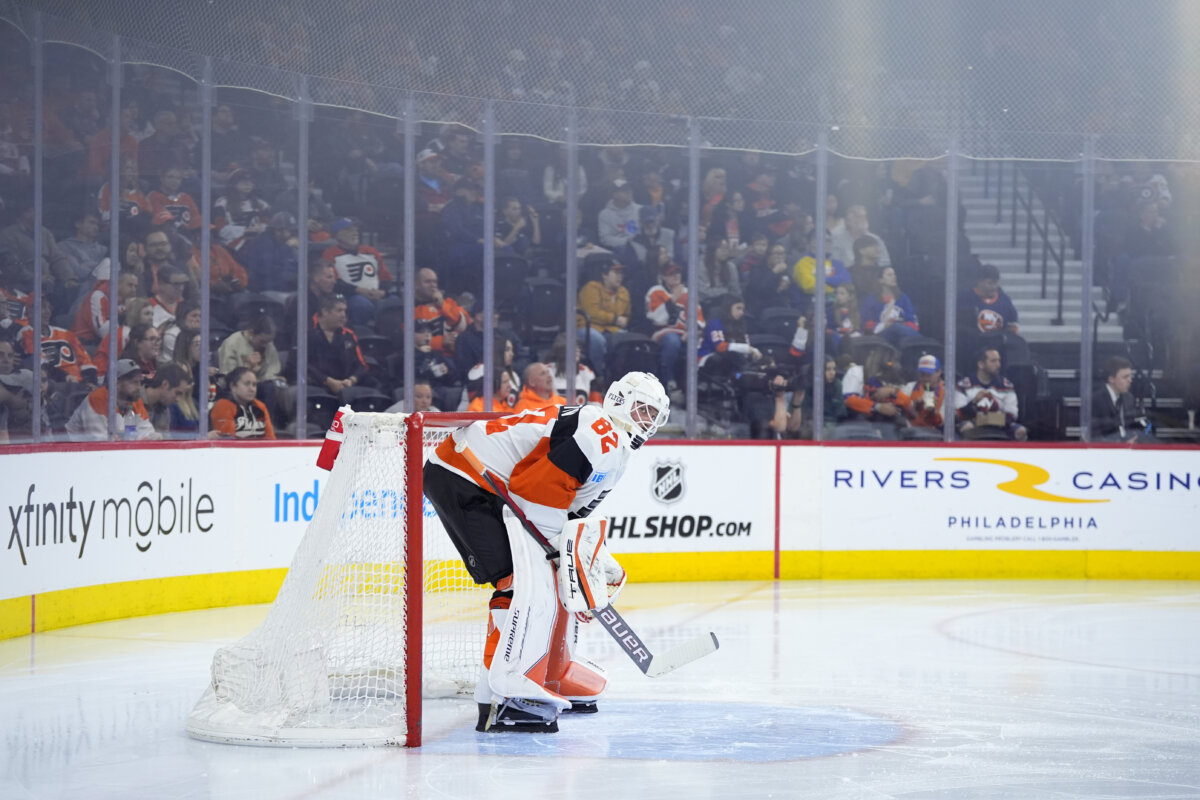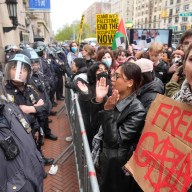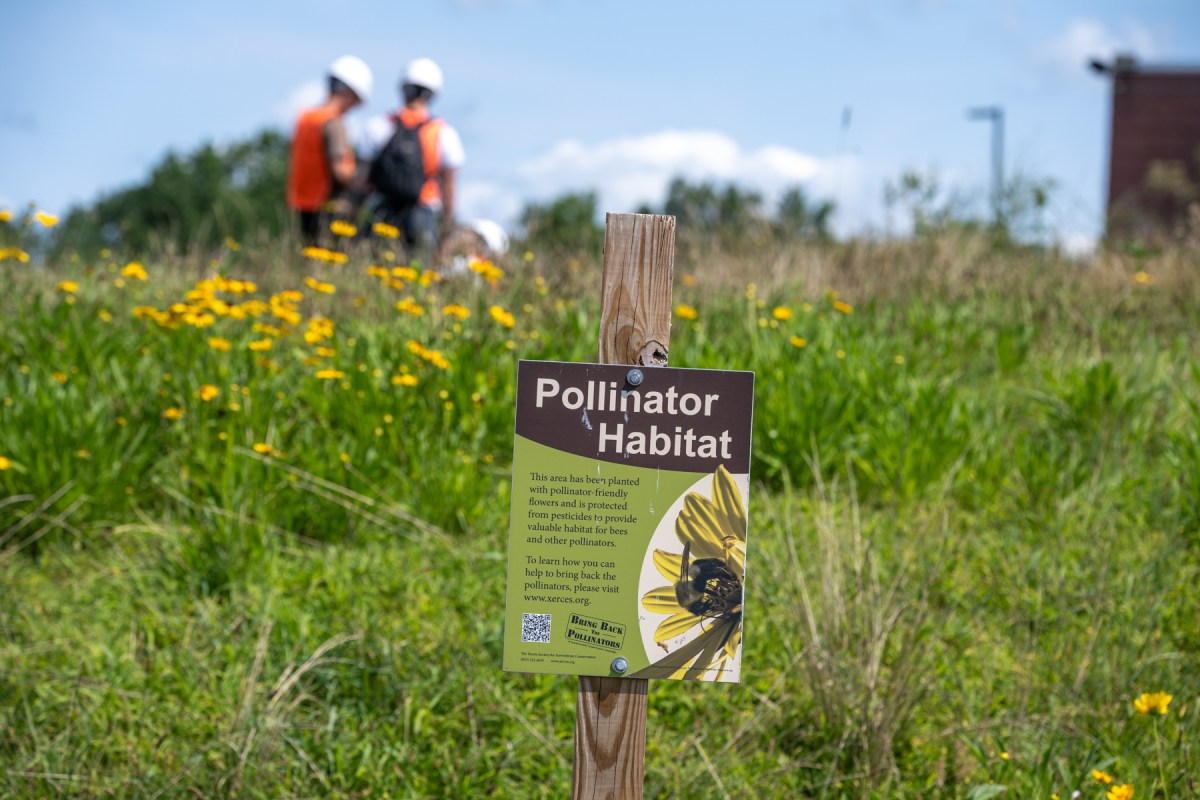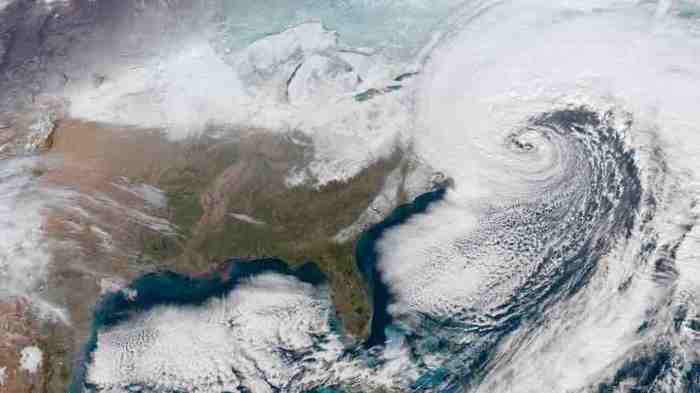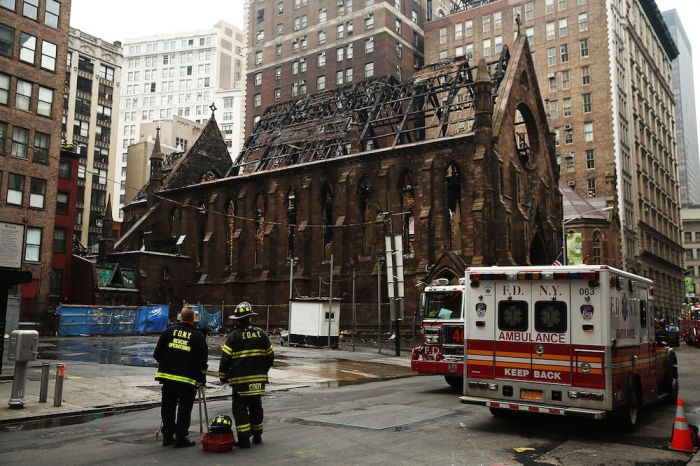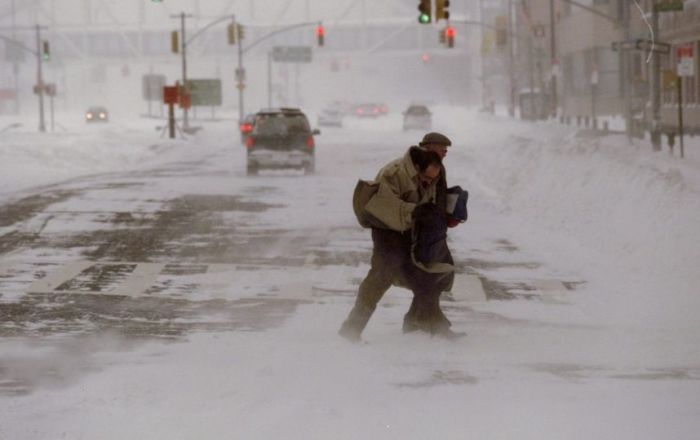The exact amount that New York City spends on snow cleanup is as unpredictable as the weather.
Even so, the old measure that every inch of snow costs the city $1 million per inch is no longer the case, according to a report from city Comptroller Scott Stringer’s office. The number is closer to $1.8 million on average since 2003. It’s still too early to tell how much the city spent on overtime for emergency workers and equipment deployed Monday and Tuesday to handle the storm. Despite the threat of almost three feet of snow, the blizzard only left about 10 inches on the ground. At a state level, Gov. Andrew Cuomo told reporters to assume emergency services overtime when into the “millions of dollars” range.
But being prepared pays off for New York City, Stringer told Metro.
“Getting snow removal right at the beginning of the season… does set a tone to limit higher costs,” he said.
That means budgeting appropriately for snow can help alleviate what usually turns out to be a huge taxpayer expense.
In 2014, the Sanitation Department’s $57.3 million snow removal budget ballooned quickly to $130 million after 56 inches of snow led to big-ticket overtime and outside contractor costs.
By contrast, the city only spent $25.4 million on snow removal in 2008 when less than 15 inches of snow fell on the city. The report nonetheless noted the city tends to spend more per inch to remove snow and ice in years with fairer weather. Stringer explained the little snowfall can lead to big costs because the city still needs to prepare for any and every snow storm, regardless of how much actually lands.
As to any lasting effects from the storm on the local economy, the comptroller said not to expect any.
On Tuesday, Moody’s Analytics released early estimates that the snow and subway shutdown cost about $200 million in activity that would most likely harm small businesses and tip-based workers who rely on everyday customers. Stringer said there were likely individual hardships that some New Yorkers will have to overcome, but the major industries that drive New York City’s economy were fine.
Snow cleanup costs NYC average of $1.8m per inch: Report
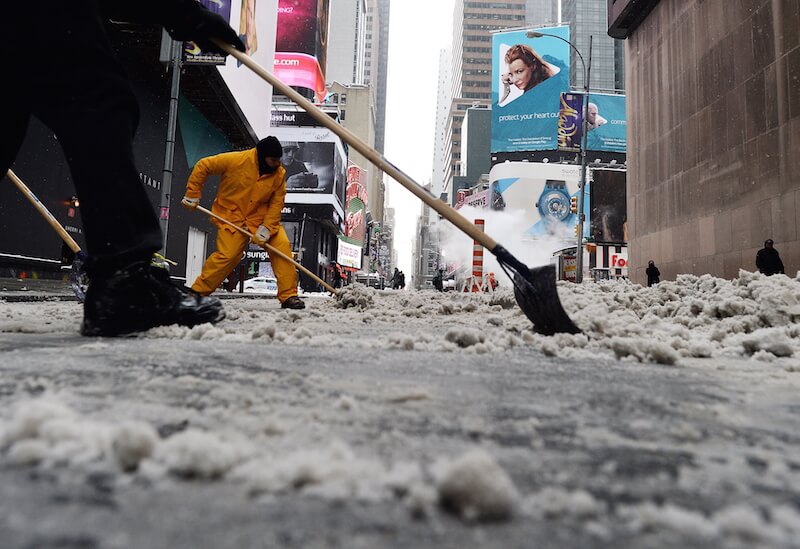
Jewel Samad/AFP/Getty Images


